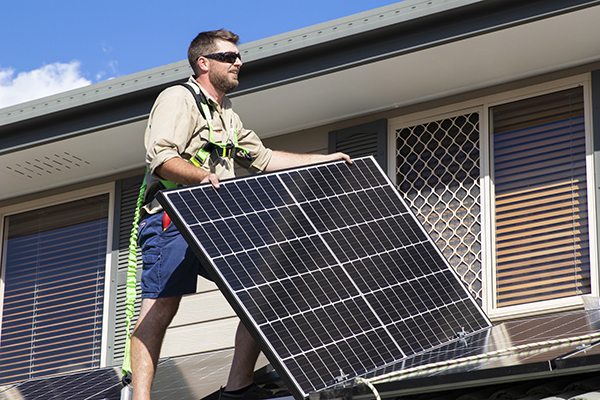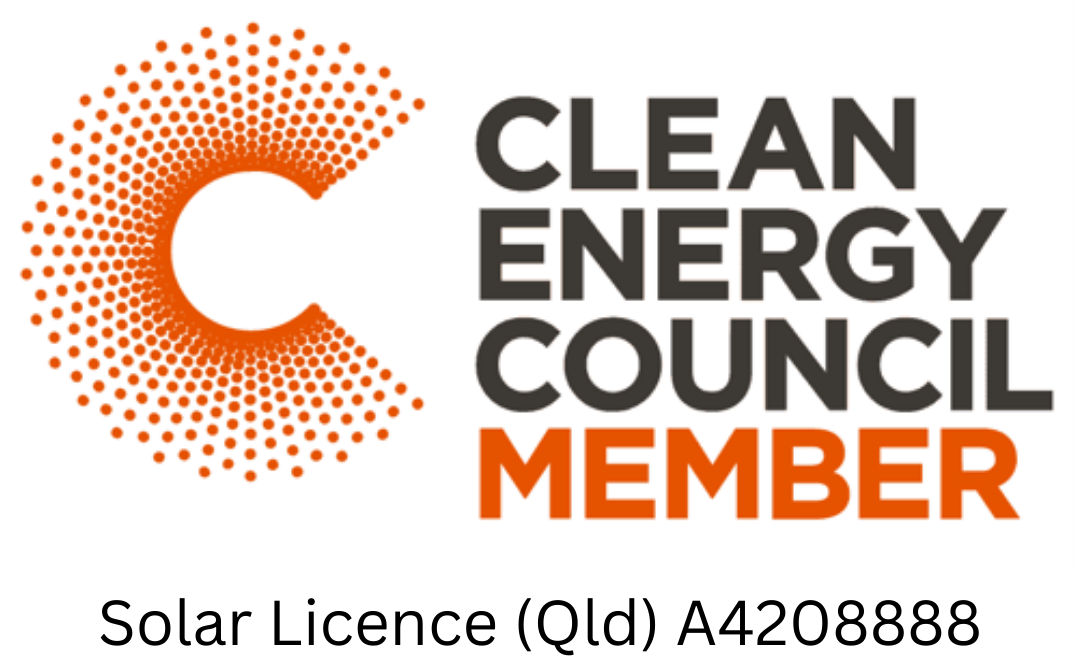31 January 2018
The Basics of Solar PV Systems
Are you searching for a cost-efficient and environment-friendly alternative to your current power setup at home? Try looking up, because the answer just might be up there in the skies – about 93 million miles away, to be more specific.
By installing solar PV (photovoltaic) panels on the roofs of houses or establishments, users can harness the power of sunlight to generate renewable energy in the form of “clean” electricity. These days, more and more homeowners and establishment owners are realising the viability of solar panels in Brisbane as an option for addressing their various energy-related needs and purposes.
Before making the solar-powered leap, however, take some time to read more about the basics of using solar power in Brisbane – how solar PV systems work, solar PV statistics, and the growing demand for solar panel efficiency in Australia.
How solar PV systems work
Aside from the aforementioned solar PV panels, a solar PV system also has a power box with an inverter and a two-way electricity meter. Here’s how the system works:
1. Solar panels installation has to take place first. The solar PV panels are installed on the roof of a house or building, at an angle specifically measured for optimal sunlight absorption.
2. When the solar PV panels capture sunlight, they convert the sun’s energy into direct current (DC) electricity.
3. The generated electricity then passes through the power box, where the inverter converts it into alternating current (AC) electricity to make it suited for general or business use.
4. To keep track of the electricity generated and the flow of power to and from your grid, a two-way electricity meter serves as a recorder for energy readings.
Growing demand for solar power
There are over a million solar-powered systems currently in place all over Australia – a testament to the increasing popularity of solar PV systems as an energy-efficient power alternative. Solar energy accounts for 8% of Australia’s overall renewable energy sources and represents 1% of the country’s total electricity generation and consumption.
Findings show that silicon-based solar cells and nuclear fuel rods generate the same amount of electricity, with the former totally free of the hazardous byproducts of the latter. If more households and establishments start adopting solar PV systems, it wouldn’t be surprising if Australia were to reach its Renewable Energy Target (RET), which projects that 20% of electricity generated in the country would eventually come from renewables.
Meanwhile, the quest for a more efficient means of harnessing solar energy continues, as older solar PV panels are gradually being phased out and more funds are being allocated towards solar panel efficiency research and development.
For more handy hints and discount alerts, subscribe to our newsletter now. Contact one of our helpful consultants to help you decide if a PV solar panel set-up would be a great idea for your home. Click here to get started.
Reference :
Solar energy – Facts and advantages (no date). Origin Energy. Retrieved 24 April 2014 from http://www.originenergy.com.au/energyfromthesun
Wind and solar power statistics, facts and trivia (no date). Energy Matters. Retrieved 24 April 2014 from http://www.energymatters.com.au/renewable-energy/solar-wind-trivia.php
Suggested articles
No articles found









